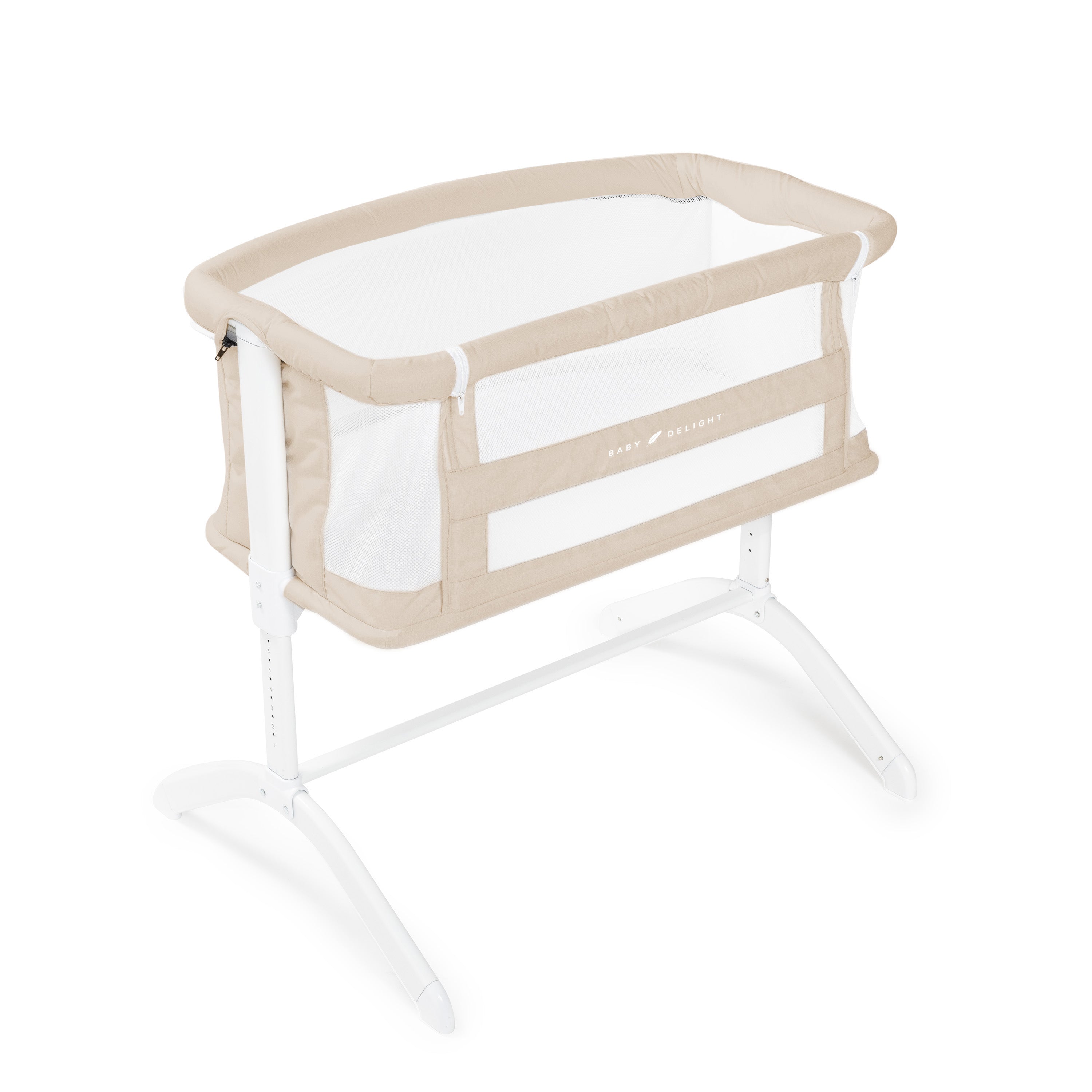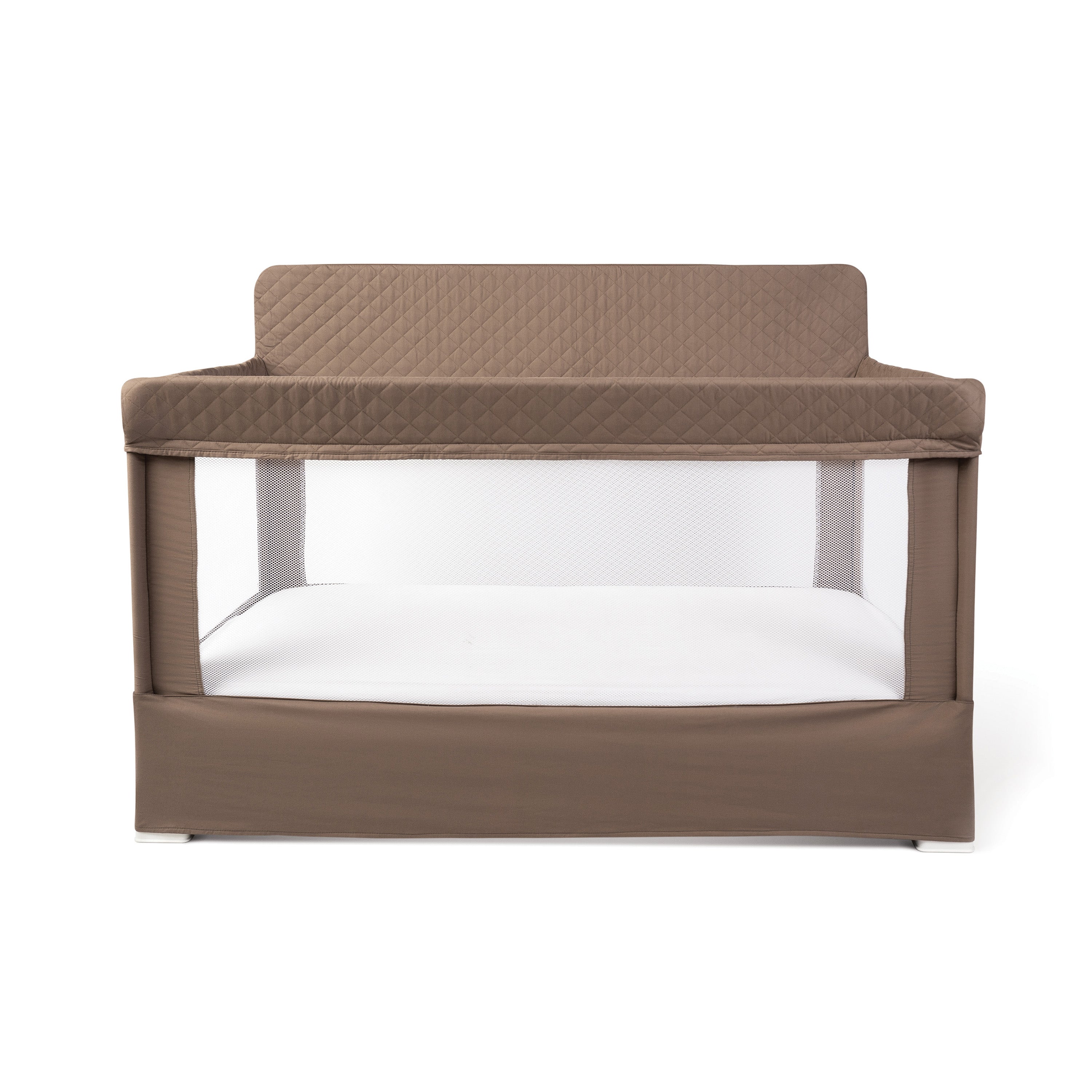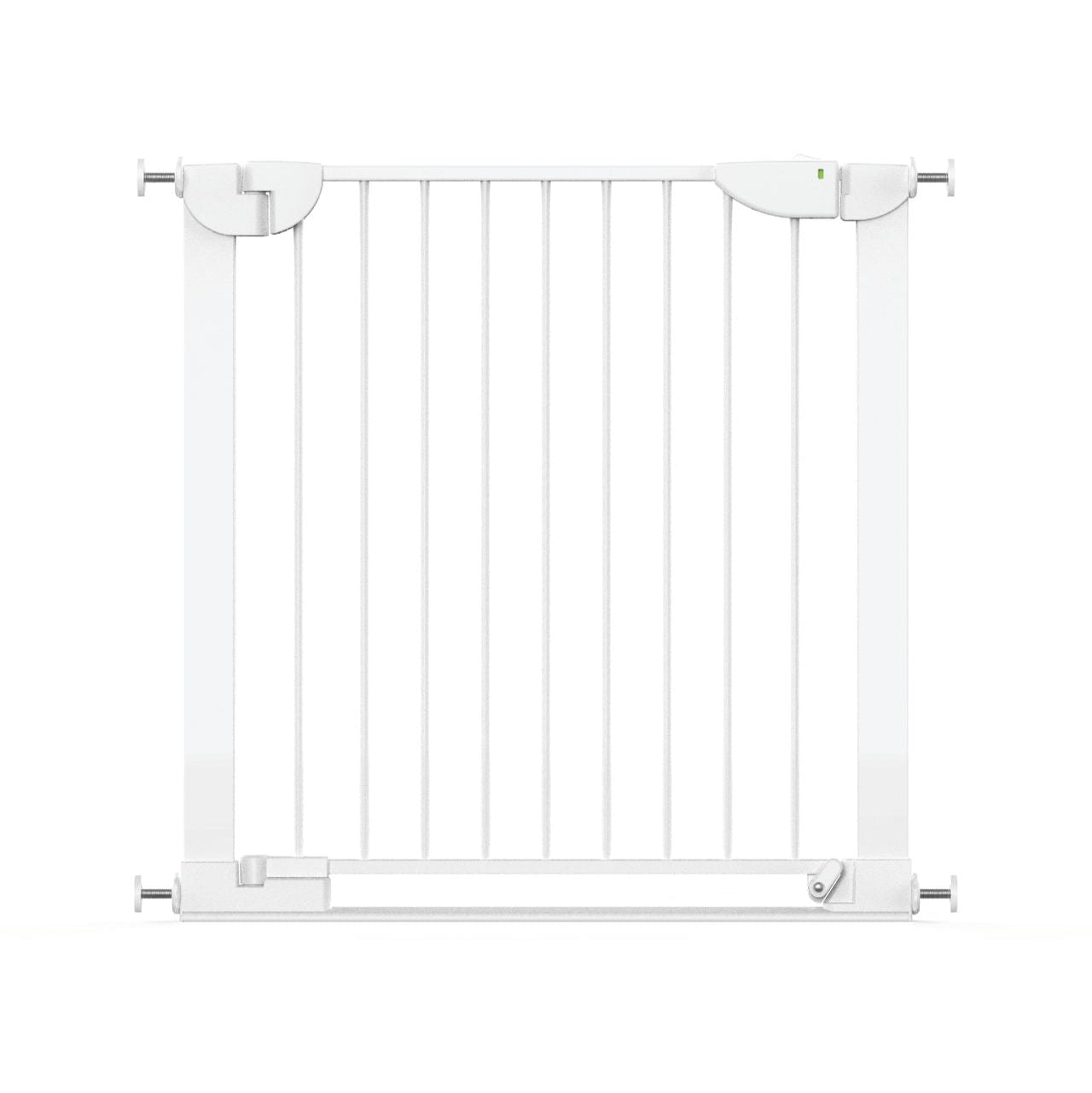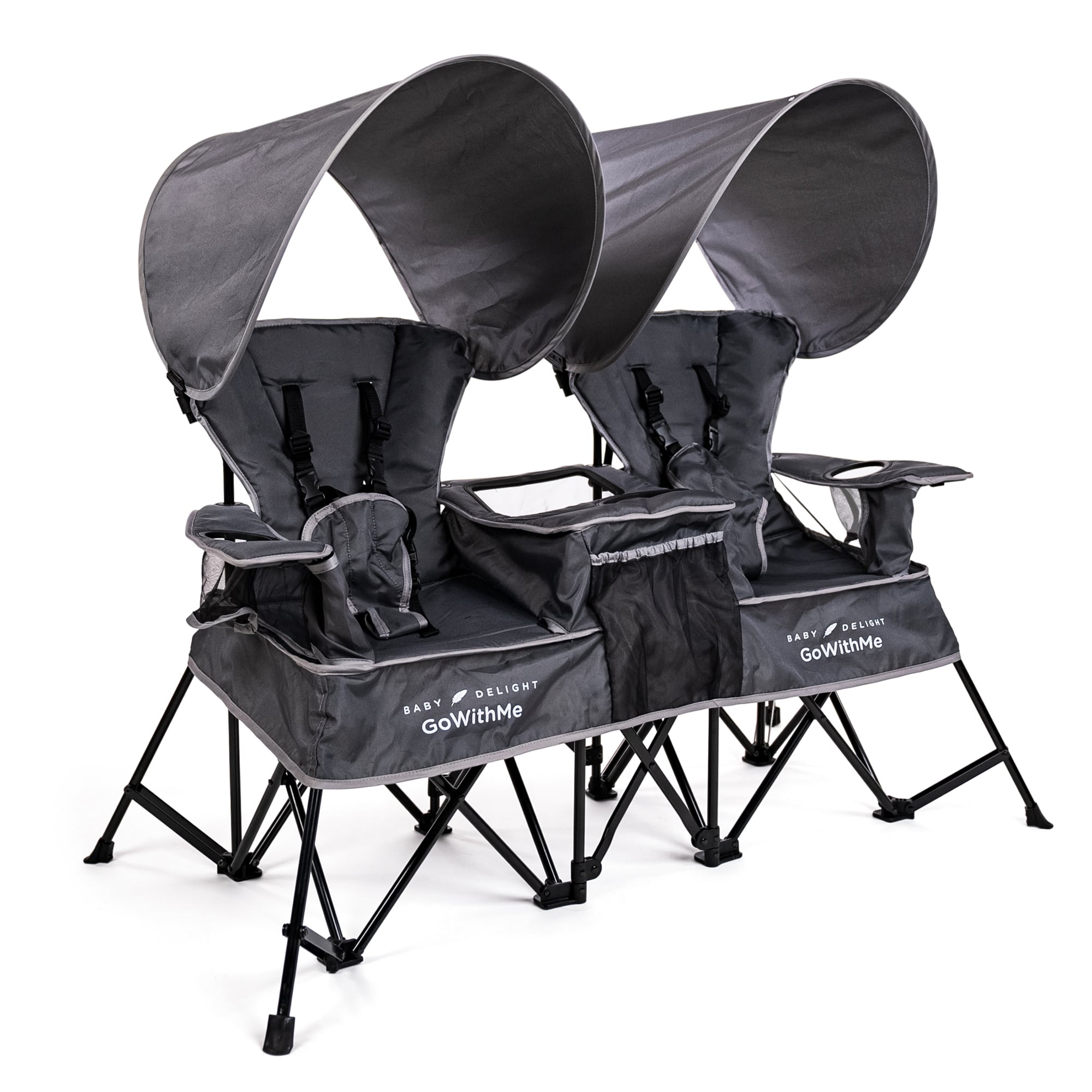
A Guide to Baby’s First Bath
There is nothing quite like the tender but seemingly terrified facial expression of a new dad as he bathes his 7 day old newborn for the very first time. Baby's first bath is a memorable experience new parents treasure for a lifetime, though it often sparks uncertainties surrounding timing, materials, and safety. Roll up those sleeves and make sure to wear something comfortable (waterfalls DO happen, and I’m not talking about the faucet), and let’s demystify the first bath to leave you feeling confident and prepared.
When should my baby get their first bath?
The world health organization recommends waiting at least 24 hours after birth to bathe baby. I feel you, mama; after long days at the hospital and all of that vernix, we’re eager to get our baby sparkly clean, but delaying that first bath serves purposes that’ll be worth the wait. Here’s why:
Body Temperature and Blood Sugar: Babies taken away too quickly have a higher risk of developing hyperthermia and dropping in blood sugar
Breastfeeding: Interrupting that precious skin-to-skin bonding may decrease breastfeeding success.
Many Benefits of Vernix: That sticky, white, creamy stuff on your baby may protect her from harmful bacteria. It also serves as a natural moisturizer (isn’t nature amazing?)
How often to bathe baby?
Newborns do not need baths every day. In fact, they will only need a bath 2-3 times per week. Think of it this way; your baby is the freshest, cleanest, crispest thing on the planet (literally). Constant bathing can lead to dry skin, and we any to keep it as moisturized and fresh as possible.
When can I give my baby her first bath?
Before fully submerging your baby’s body into an infant tub or sink, we must wait until the umbilical cord falls off and heals. This can take anywhere from 1-2 weeks. Until then, stick to sponge baths to gently wipe away any milk residue (or remnants of that afternoon diaper blowout). The reason for this is to avoid infection of the navel.
A Newborn Care Specialist’s tips for your baby’s sponge bath:
Like we mentioned earlier, this is what we’ll be implementing before your itty bitty’s cord stump falls out.
- Set up your environment BEFORE you start. This includes your gentle infant soap and shampoo, washcloths (one for face and one for body), and preferably an ultra-comfy infant bather like the Cushy Nest. The Cushy Nest provides a comfortable and safe alternative from a standard towel for your newborn to lay. You can purchase your Cushy Nest here.

2. Pro tip: FEED YOUR BABY FIRST. As if your little one hasn’t been nursing on-demand 24/7, feed your baby before her bath. This will ensure she has a nice full belly and a calm mind before her mini spa session. If she’s already eaten but still a bit fussy during her bath, you can offer her a pacifier for some additional soothing.
3. Use a damp washcloth to wipe and rinse her face, then move to the rest of her body.
4. Keep that umbilical area dry.
5. Make it short and sweet to avoid overstimulation and overwhelm (she’s new to this!).
6. Wrap your little one in a fluffy towel and get her into a long sleeve, cotton set of pajamas.
Safety is #1
Whether you’ve had your baby or counting down the days before her arrival, you may feel as though baby seems “breakable” when you finally do hold her. This is valid considering those tiny fingers and toes, but I’m here to remind you that you are her number one source of security; make sure to secure her in your arms or constantly fasten your hand on her belly if she is sitting in her infant bath. She should never be left unsupervised.
Here’s to you and your little one’s first bath. It’s important to remember that she is new to this, and she has recently transitioned from the womb to the outside world; bathtime may take a few tries to get used to, but soon enough, it may become a calming, fun, routined bonding experience for you to share memories that will last a lifetime.
*What works for some babies may not work for all. Before making any health and wellness, bathing, or safety choices for your baby, consult your pediatrician.*
Source: healthychildren.org










































Leave a comment
This site is protected by hCaptcha and the hCaptcha Privacy Policy and Terms of Service apply.